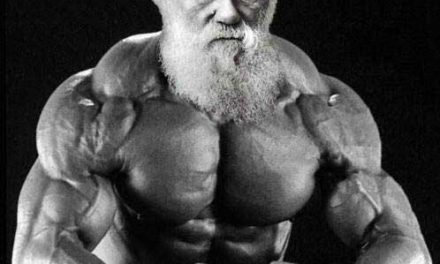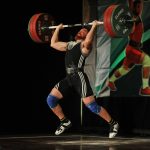by: Adam Sayih
Stability devices. They give the appearance of a cutting edge fitness routine and the fastest way to a ripped body. Many personal trainers believe it’s their secret weapon to successful clientele, but in reality these devices are wasting time that can be spent achieving real results.
History
Aquilino Cosani invented the first Swiss ball, originally called the “Pezzi Ball,” as a toy in the early 1960s. European physical therapists adopted the Pezzi Ball for use with patients diagnosed with neuromuscular disorders and spinal injuries. The Pezzi Ball became the “Swiss Ball” after ‘merican physical therapists saw its use in Switzerland. These devices were used for neuro-developmental treatment and helping patients learn how to fire their muscles again on a neurological level, not to develop six packs. The benefits were to increase flexibility, develop core strength through instability, and reignite neural pathways. The Swiss ball eventually made its way to the fitness world where it became yet another fad.
The argument:
“It works your stabilizer muscles so you’ll be strong!”
The truth:
The biggest argument for using these devices in the fitness industry was that they made you use your “stabilizer muscles” and would therefore achieve better results. So your trainer has you squatting on a bosu board and is explaining to you how hard you’re working your “stabilizer muscles.” Go ahead and ask him where your stabilizer muscles are. Most likely, they’ll be clueless. What is meant by the term stabilizer muscles is the muscles not being directly used are being flexed to control the body movement. For example, during the deadlift, the bicep acts as a stabilizer muscle and flexes to control the movement of the forearm. Working stabilization doesn’t seem like such a bad thing, right? Well, performing a heavy compound movement, such as back squatting, requires stabilization as well. Let’s say you’re squatting 300lbs, don’t you think your whole body (especially the precious “core”) is going to be flexed to make sure your spine doesn’t snap in half? That’s called stabilization. This is also why powerlifters and olympic weightlifters have stronger abs than folks who just do 200 crunches a day. Yes, a Swiss ball seems great, but unless you’re near the 18th hole in life or recovering from an injury (hence why they’re used by physical therapists), you can build a lot more stabilization strength in doing heavy resistance training.
The argument:
“It’s difficult so you’ll get ripped!”
The truth:
Now you’re standing on a balance board and for some reason you’re performing bicep curls. Seems like your trainer has the top training secrets to a shredded body right? Incorrect. Let me explain something called “metabolic load.” All body movement requires energy, aka calories. The more energy a movement requires, the more energy you’ll expend, the more fat you’ll burn off. The more energy a movement requires, the higher the metabolic load is.
Back to the balance board. You’re trying to curl ten pounds without face planting into the ground. The metabolic load is high because you’re trying to balance yourself correct? You have more muscles in the body flexing to prevent you from landing on your ass, right? Well, it’s higher than standing on a flat surface, but you would also be able to move a lot more weight on a flat surface, so the whole stabilizer argument just went to shit. Well how, exactly? Let’s discuss work volume:
-Your trainer has you squat on a bosu board and you’re only able to perform reps holding 20lb dumbbells. The workout is 4 sets of 10 repetitions. Your total work volume was: 40lbs (20lbs each hand) x 40 repetitions total which equals 1,600lbs of total volume.
-Now let’s compare that to doing 4 sets of 10 repetitions on a flat surface where you were able to barbell back squat 135lbs: 135lbs x 40 repetitions total equals 5,400lbs of total volume.
The client doing the heavier barbell back squats on a flat surface just did over three times the work as the balancing weirdo. Who do you think used more energy? The barbell back squatter’s workout had a significantly higher metabolic load.
Wrapping it all up.
The overuse of the stability device was all the rage until their own arguments collapsed on themselves. Am I saying never use stability devices? Of course not, this is America. Can they have their place in training? Sure, but there are a ton of other great substitutes to increase total work volume and strength. If your trainer has you doing all your exercises on some type of balance device, your trainer is wasting your time and money.
-Adam
Sources:










